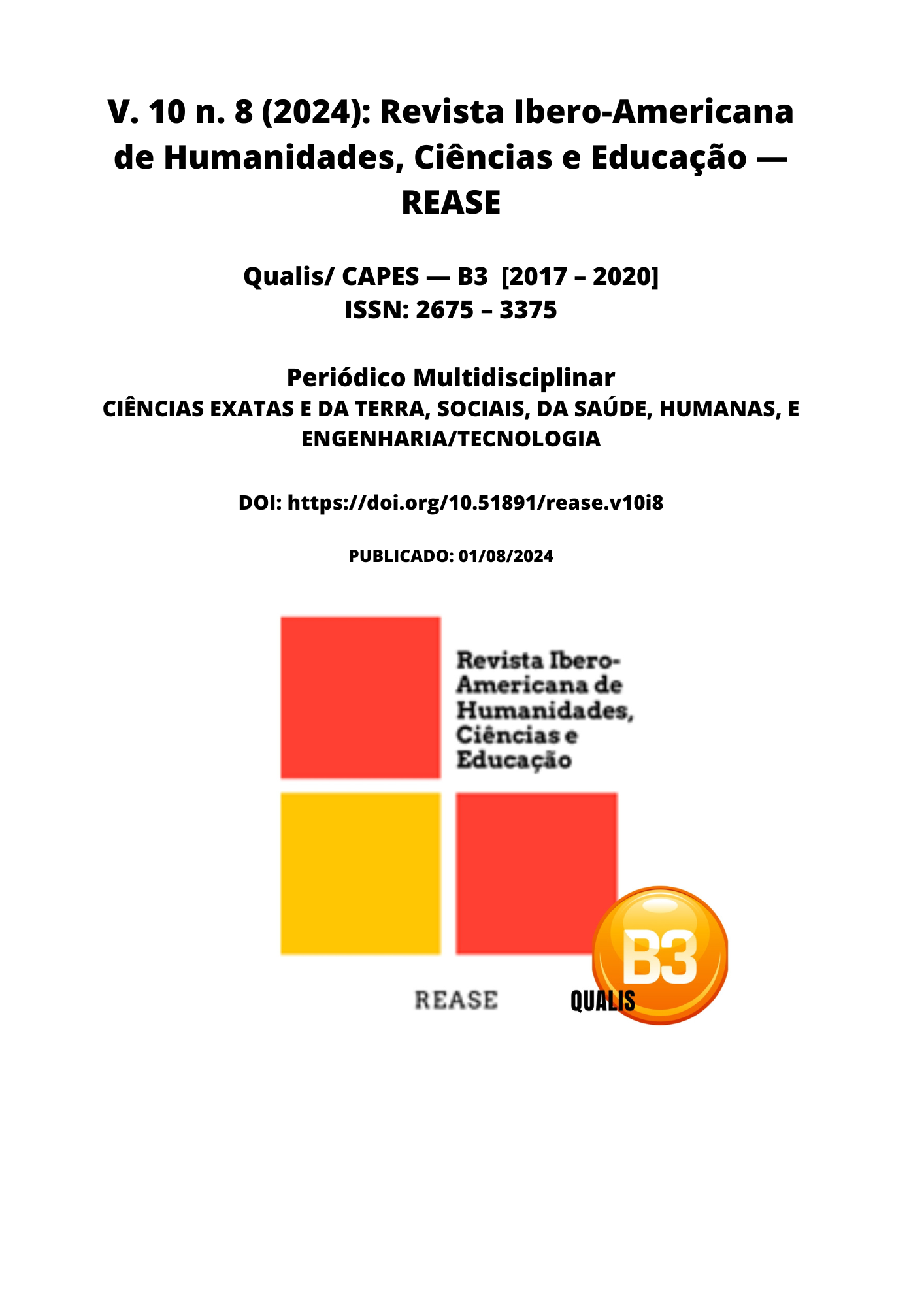CUSHING'S SYNDROME AND OSTEOPOROSIS: DIAGNOSIS AND CLINICAL TREATMENT
DOI:
https://doi.org/10.51891/rease.v10i8.15359Keywords:
Cushing's syndrome. Osteoporosis. Diagnosis. Clinical treatment.Abstract
Introduction: Cushing's Syndrome, a condition resulting from chronic exposure to high levels of cortisol, has a profound impact on bone health, often leading to the development of osteoporosis. This clinical picture, associated with a series of metabolic and cardiovascular complications, results in a significant increase in the risk of fractures and other morbidities. Recent studies have emphasized the importance of early diagnosis and integrated management of the disease, considering both hormonal aspects and associated comorbidities. Adequate management of osteoporosis in patients with Cushing's Syndrome is a clinical challenge that involves pharmacological and lifestyle modification strategies aimed at preventing fractures and improving quality of life. Objective: This systematic literature review aimed to The objective is to evaluate the scientific evidence available on the diagnosis and treatment of osteoporosis in patients with Cushing's Syndrome, focusing on the most effective therapeutic approaches and associated clinical outcomes. Methodology: The search was carried out in the databases PubMed, Scielo and Web of Science , using descriptors such as "Cushing's Syndrome", "osteoporosis", "hypercortisolemia", "fractures" and "treatment". Articles published in the last 10 years that addressed the diagnosis and treatment of osteoporosis in patients with Cushing's Syndrome were included. Inclusion criteria comprised studies involving adult patients, peer-reviewed articles, and publications that described specific treatments for osteoporosis. Among the exclusion criteria were articles that did not specifically address osteoporosis, studies with pediatric populations and publications without peer review. Results: The review revealed that controlling cortisol levels, whether through surgical or pharmacological interventions, is essential for prevent the progression of osteoporosis. Bisphosphonates have been highlighted as effective in reducing bone loss, while supplementation with vitamin D and calcium has been shown to be essential for maintaining bone density. Studies have also highlighted the importance of multidisciplinary monitoring for the management of comorbidities and the prevention of fractures. Conclusion: The systematic review concluded that the management of osteoporosis in patients with Cushing's Syndrome should be multifaceted, combining hormonal, pharmacological and supportive interventions. Adequate treatment and continuous monitoring are essential to improve clinical outcomes and quality of life for these patients.
Downloads
Downloads
Published
How to Cite
Issue
Section
Categories
License
Atribuição CC BY

